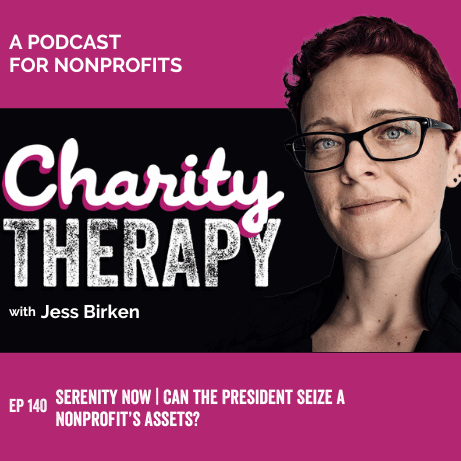Articles & Resources
ADA Policy & Procedure
Generate an ADA policy here!
Click the button to start the wizard. Answer the questions about your organization and at the end you’ll get a customized document designed for your organization’s needs. The document comes out as a fully editable MS Word document which is yours to keep.
DISCLAIMER: Documents generated through Mission Guardian are legally sufficient for Minneapolis neighborhood associations. Clients assume the risk of editing generated documents. Birken Law Office cannot guarantee edits you make will result in a policy / procedure that complies with Neighborhoods 2020 requirements, state law, federal law, IRS regulations or nonprofit sector best practices.
Why do we need this policy?
The City of Minneapolis Neighborhoods 2020 new grant requirements include the requirement to:
Provide for the participation of (and meaningfully engage with) all segments of the neighborhood, including, but not limited to, homeowners, renters, property owners, business owners, people with disabilities, immigrants, non-English speakers, low-income residents and people of color.
The Neighborhood Association must also adopt a policy ensuring compliance with the Americans with Disabilities Act.
Sounds expensive? Not to worry, City grant funds can be utilized to assist with ADA implementation.
What does ADA compliance mean for our neighborhood nonprofit?
To comply with the ADA, you may need to provide accommodations for employees, volunteers and members who have disabilities. Many accommodations are inexpensive or even free. In other cases, grant funds could be available to help cover the cost.
Compliance might include:
- Improving communication strategies. You might need to provide aids or services to people who have hearing, sight or speech disabilities. This includes your online activities and information (like your website) which should also be accessible.
- Providing physical access to your facility. If you have an office, remove physical barriers, maintain access to accessible spaces and make sure any new construction meets federal accessibility standards. It doesn’t matter if the building code doesn’t require you to update something yet, that’s not an exemption from complying with the ADA.
- Restructuring an employee’s workspace or working hours. An employee in a wheelchair might require a modified desk, while an employee who needs a day off each week for medical treatments might be permitted to work 10 hours a day four days a week rather than 8 hours a day five days a week. All employee disabilities need to be documented properly. Feel free to schedule a member call to discuss particular issues.
- Modifying your practices and policies to prevent / prohibit discrimination. Sometimes minor changes can make regular operations inclusive to people who have disabilities. Provide staff training for interacting with people who have disabilities. Consider opportunities for people who have disabilities to serve as volunteers or on your nonprofit’s board or committees.
- Involving people who have disabilities in your regular programs. Look for ways to make your regular programming accessible to people who have disabilities.
- Updating your organization’s guiding documents. Work with your legal counsel and the board to make sure your organization’s mission statement, code of ethics, professional standards and other vital documents reflect a commitment to providing access to services and appropriate accommodations for people who have disabilities.
Outside resources
Here is an extremely comprehensive guide to how to provide accessible programming and service to the disabled. The guide is from the Chicago Community Trust and while it was published in 2015 it’s got a ton of great information regarding ADA compliance for nonprofits.
Renewing the Commitment: an ADA Compliance Guide for Nonprofits
BY IRENE BOWEN, J.D.
ADA ONE, LLC
Who is covered under the ADA?
This Federal law specifies that a covered beneficiary of this law must have a “physical or mental limitation that substantially impairs a major life activity, such as seeing, hearing, walking, breathing, doing manual tasks, standing, lifting, working or thinking.” In 2009, the United States Congress amended the Americans with Disabilities Act to add more diseases (including epilepsy, diabetes, multiple sclerosis, major depression and bipolar disorder) under the umbrella of ADA protection.
Simply put, the “legal definition of “disability” is broad – and growing.”
Note that ADA protections extend not only to employees and direct beneficiaries of a nonprofit’s services but also to others including volunteers, members and the general public.
Who qualifies as disabled in Minnesota?
The Minnesota Human Rights Act defines disability as “any condition or characteristic that renders a person disabled … a person who has a physical, sensory or mental impairment which materially limits one or more major life activities; has record of such an impairment; or is regarded as having such an impairment.”
Learn more from the State of Minnesota Dept. of Human Rights
Where can I access the City’s Accommodations Checklist?
If you are planning a City of Minneapolis sponsored meeting or event, use this check
list to ensure that people with disabilities have fair and equal access to information,
meetings and services.

Recent Podcast Episodes

148: Type A Personalities Unite! | When Nonprofits Should (Or Shouldn’t!) Use PEOs for Their HR with Jess Holst
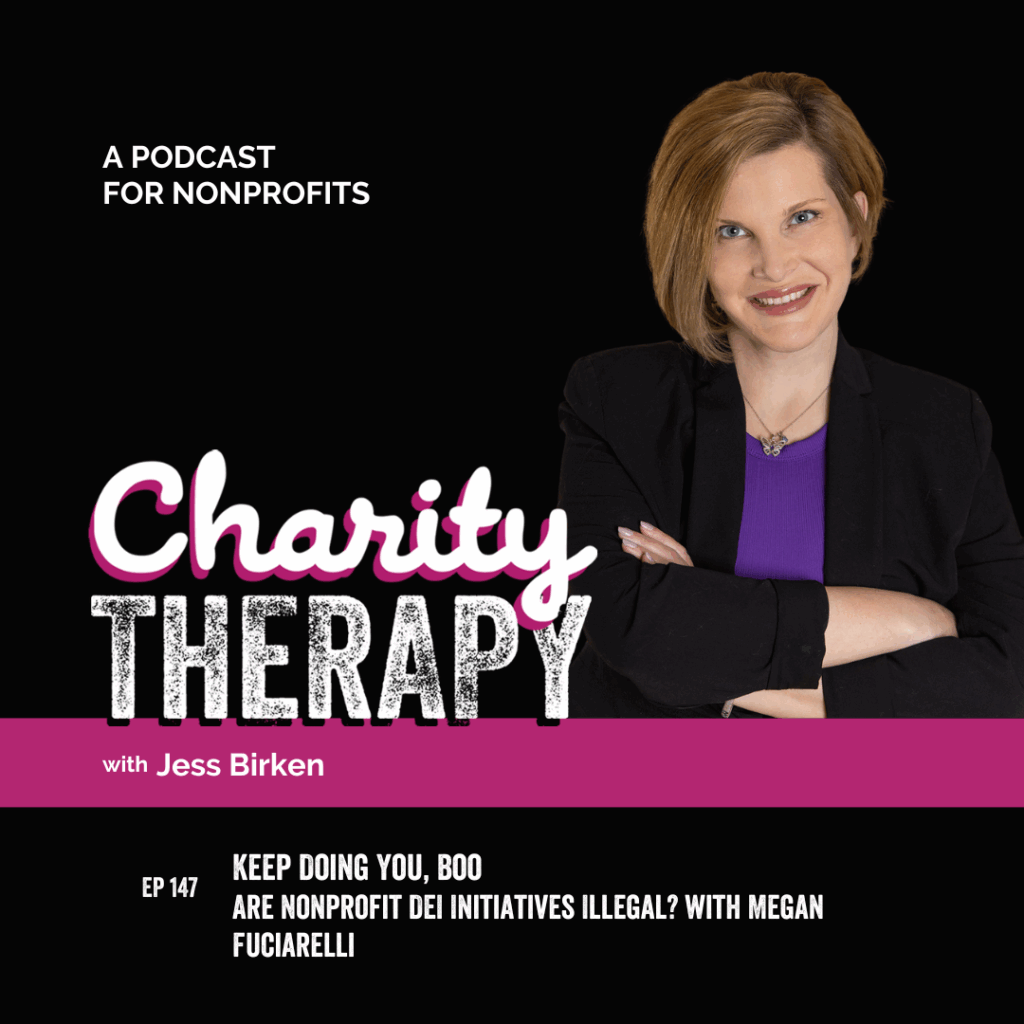
147: Keep Doing You, Boo | Are Nonprofit DEI Initiatives Illegal? With Guest Megan Fuciarelli
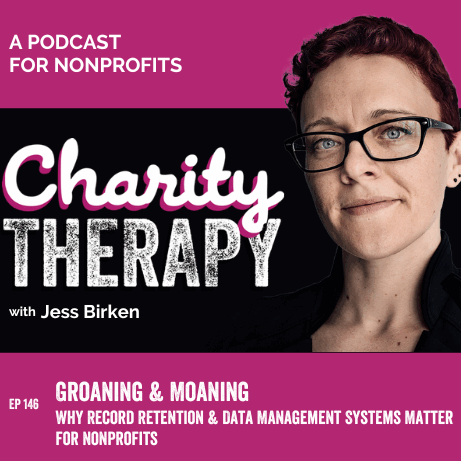
146: Groaning & Moaning | Why Record Retention & Data Management Systems Matter for Nonprofits
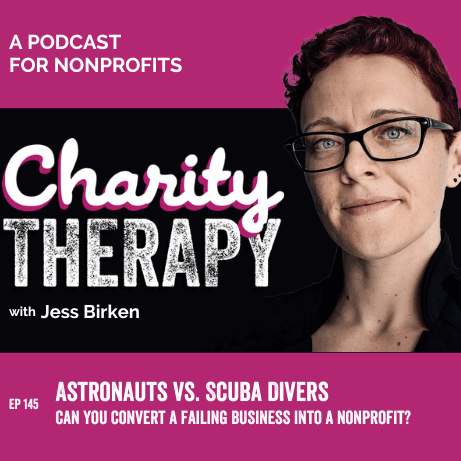
145: Astronauts vs. Scuba Divers | Can You Convert a Failing Business Into a Nonprofit?

142: Someone Get Me a Flux Capacitor! | What Happens When Your Nonprofit IRS Status is Revoked
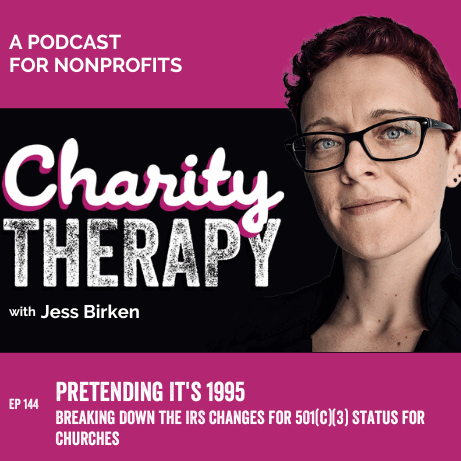
144: Pretending It’s 1995 | Breaking Down the IRS Changes for 501(c)(3) Status for Churches
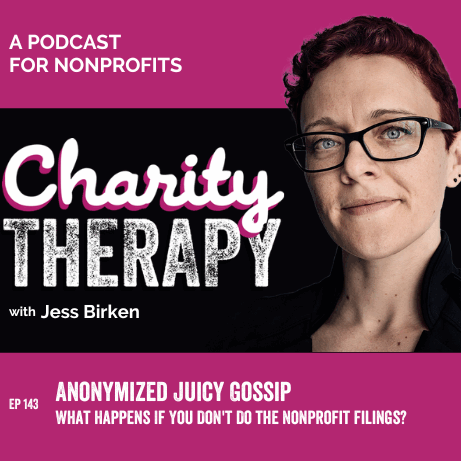
143: Anonymized Juicy Gossip | What Happens If You Don’t Do the Nonprofit Filings?
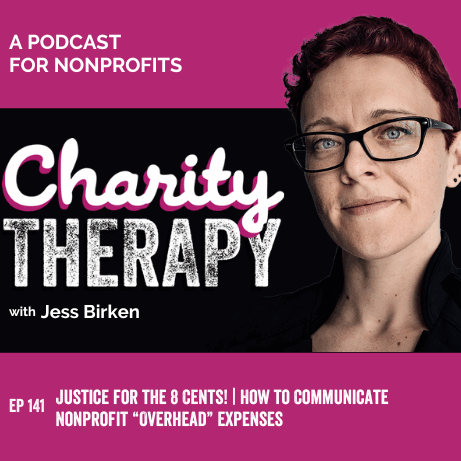
141: Justice for the 8 Cents! | How to Communicate Nonprofit “Overhead” Expenses
